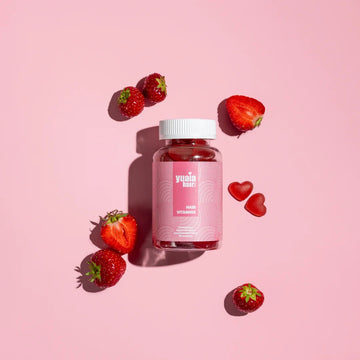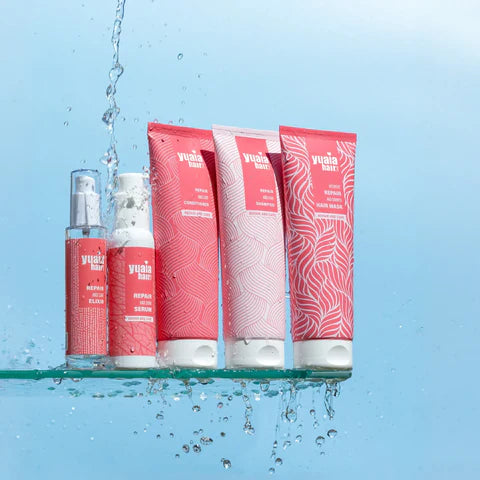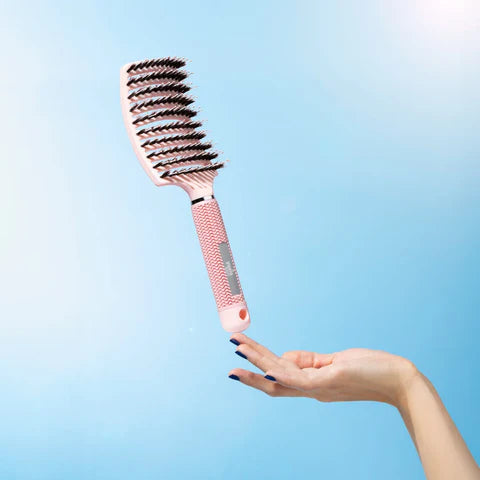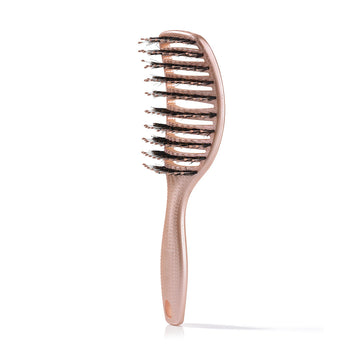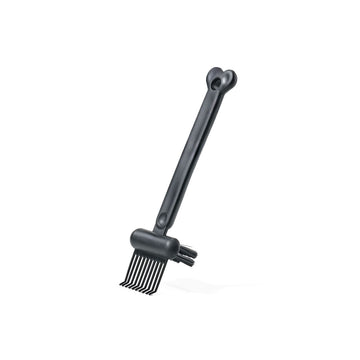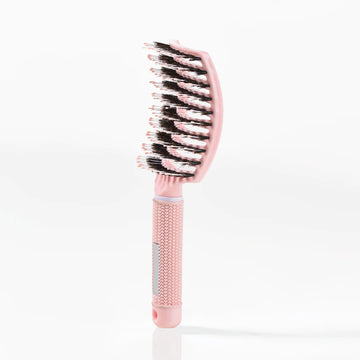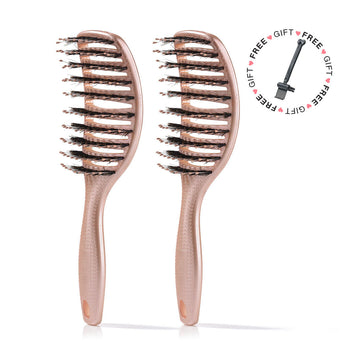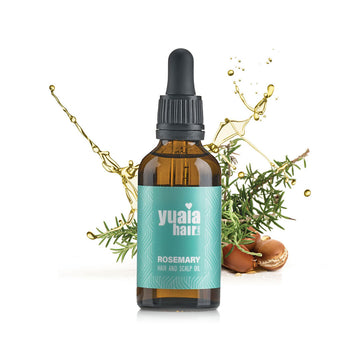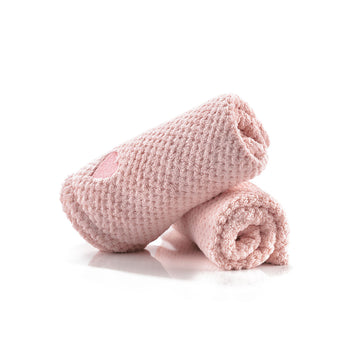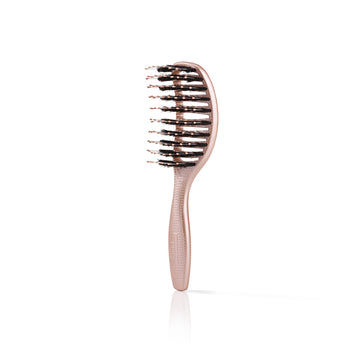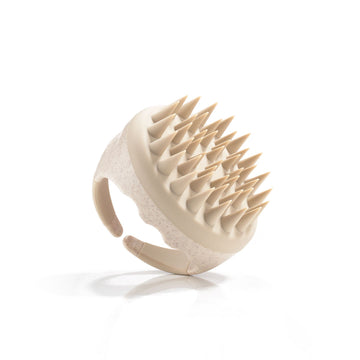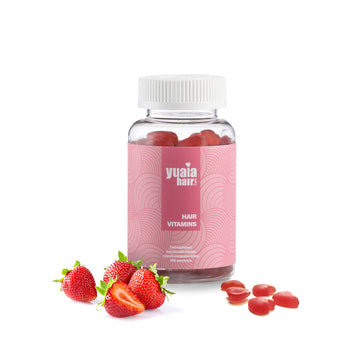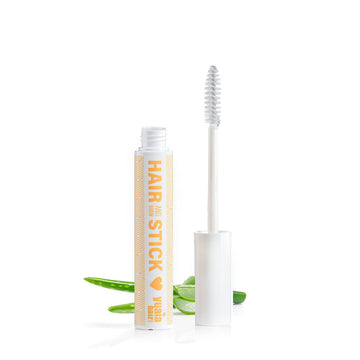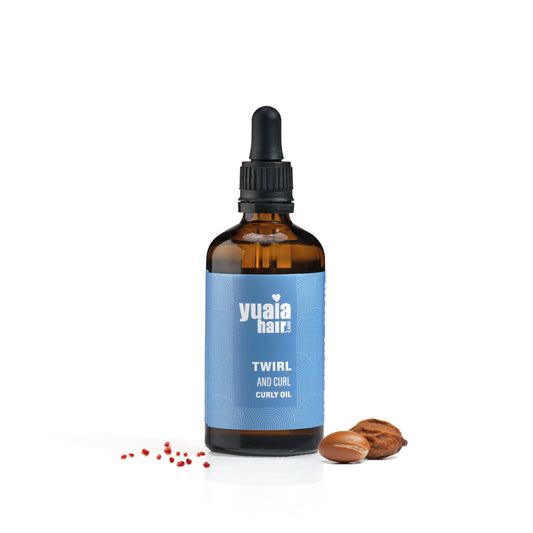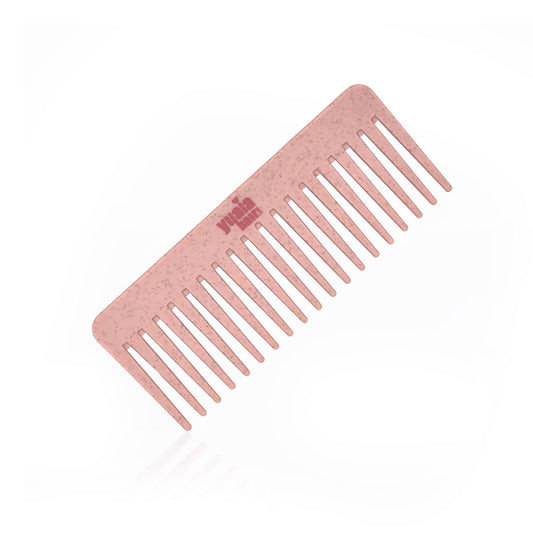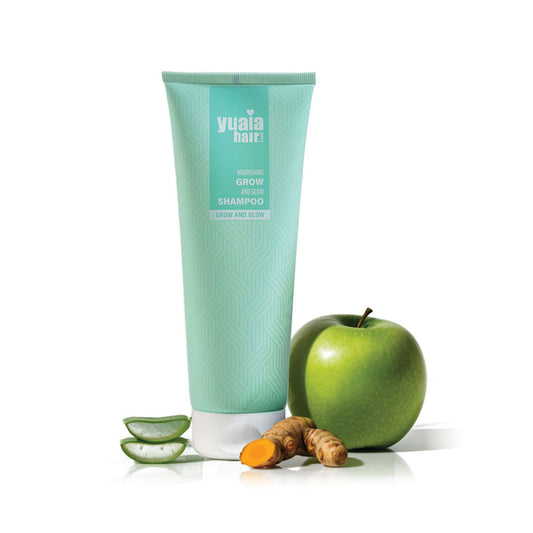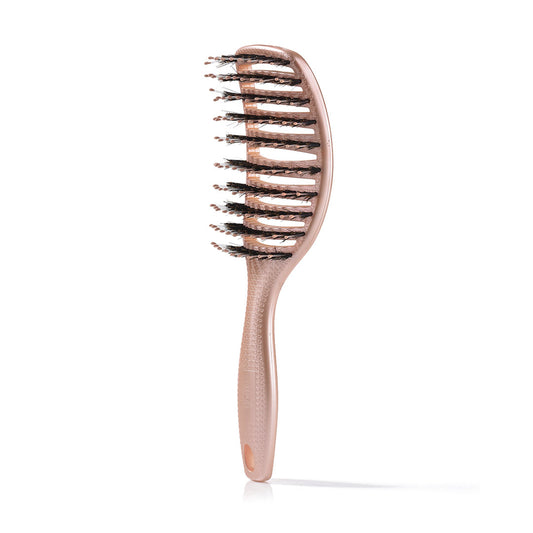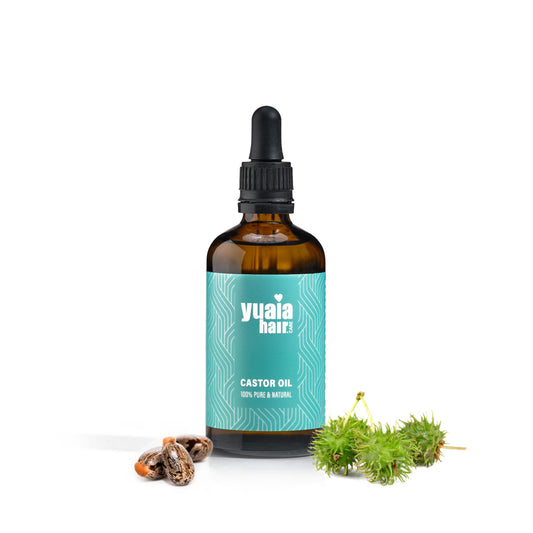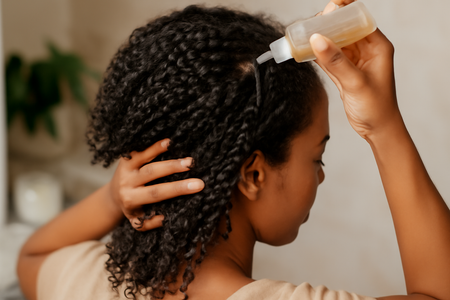
How to pre-poo low porosity hair effectively
For those with low porosity hair, pre-pooing can be a transformative step in enhancing moisture retention and manageability. To begin, it's essential to start with damp hair. This initial step helps to gently open the hair cuticles, allowing the pre-poo treatment to penetrate more effectively. By preparing your hair in this way, you set the stage for a more successful pre-poo routine.
Sectioning for success
Sectioning your hair is a vital step in ensuring even application of your pre-poo treatment. Divide your hair into manageable parts, typically ranging from four to eight sections depending on hair thickness. This not only makes the application process more organized but also ensures that each part of your hair receives the necessary attention and product coverage.
Choosing the right pre-poo products
When selecting a pre-poo product, consider lightweight oils such as jojoba, argan, or grapeseed. These oils are ideal for low porosity hair as they provide moisture without causing build-up. For those who prefer a DIY approach, natural ingredients like aloe vera or flaxseed gel can offer nourishing benefits without synthetic additives. These options are particularly effective in softening the hair and improving its texture.
The application process
Once your hair is sectioned, apply the pre-poo treatment generously to each section. Focus on working the product through from root to tip, ensuring that every strand is coated. Use your fingers or a wide-toothed comb to gently detangle your hair as you apply the product. This step helps in minimizing breakage and ensures a smoother texture.
Enhance the effectiveness of the pre-poo treatment by covering your hair with a shower cap or using gentle heat. This encourages the hair cuticles to open further, allowing the treatment to be absorbed more effectively. Let the pre-poo sit for at least 20 to 30 minutes, or longer if you desire deeper hydration.
Timing and rinsing
After allowing the pre-poo treatment to work its magic, it's crucial to rinse your hair thoroughly. This step ensures that any excess product is removed, preventing build-up that can weigh down low porosity hair. Follow up with a gentle shampoo, such as our Grow and Glow Shampoo, to maintain moisture and volume without stripping your hair of its natural oils.
Enhancing your pre-poo routine
Incorporating heat can significantly enhance your pre-poo routine. Using a hair steamer or a warm towel can help open the cuticles further, allowing the treatment to penetrate more deeply. This method is particularly beneficial for low porosity hair, which often struggles to absorb moisture.
For detangling, consider using our Curvy Brush. Its gentle bristles help to reduce breakage and make detangling a smoother process. Regular pre-pooing, ideally once a week, can lead to noticeable improvements in hair health and manageability.
Common mistakes to avoid
When pre-pooing low porosity hair, it's important to avoid certain pitfalls that can hinder the effectiveness of the treatment. One common mistake is using heavy oils, which can lead to product build-up and weigh down the hair. Instead, opt for lightweight oils like jojoba or argan that provide moisture without excess residue. Additionally, skipping the sectioning process can result in uneven product distribution, leaving some areas untreated. Taking the time to section your hair ensures each part receives the necessary attention.
Another error is not adapting the routine to suit your hair's specific needs. Every head of hair is unique, and what works for one person may not work for another. Pay attention to how your hair responds to different products and techniques, and adjust your routine accordingly. By avoiding these common mistakes, you can optimize your pre-poo routine for better results.
Frequently asked questions
Can I use any oil for pre-pooing low porosity hair?
While you can technically use any oil, it's best to choose lightweight oils like jojoba, argan, or grapeseed. These oils penetrate the hair shaft more easily without causing build-up, which is especially important for low porosity hair that struggles with product absorption.
Is pre-pooing necessary for all low porosity hair types?
Pre-pooing is beneficial for most low porosity hair types as it helps improve moisture retention and manageability. However, if your hair is already well-moisturized and manageable, you might not need to pre-poo as frequently. It's important to assess your hair's condition and adjust your routine as needed.
How do I know if my pre-poo routine is working?
Signs that your pre-poo routine is effective include improved moisture levels, easier detangling, and reduced breakage. If your hair feels softer, more manageable, and retains moisture better, your routine is likely working well. If not, consider adjusting your products or technique.
 2-4 day UK delivery
2-4 day UK delivery
 25.000+ satisfied customers
25.000+ satisfied customers
 Satisfaction Guarantee
Satisfaction Guarantee

